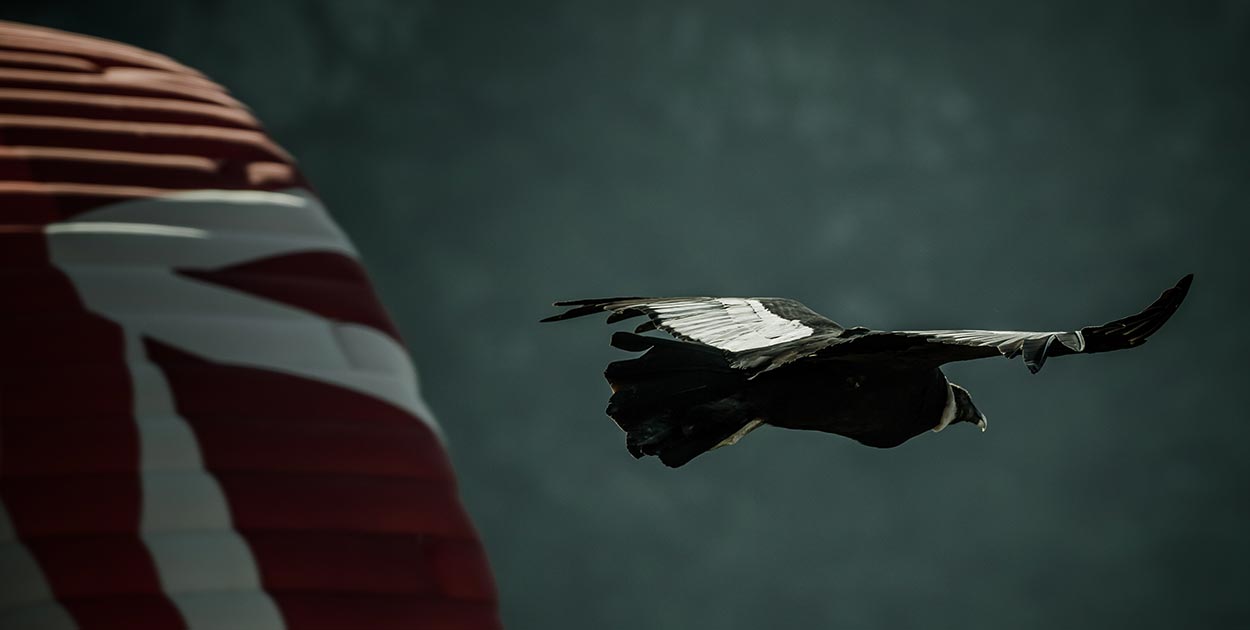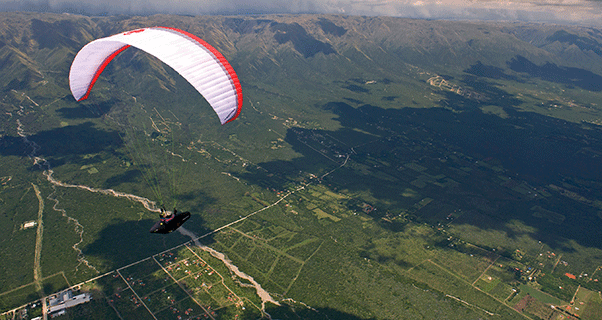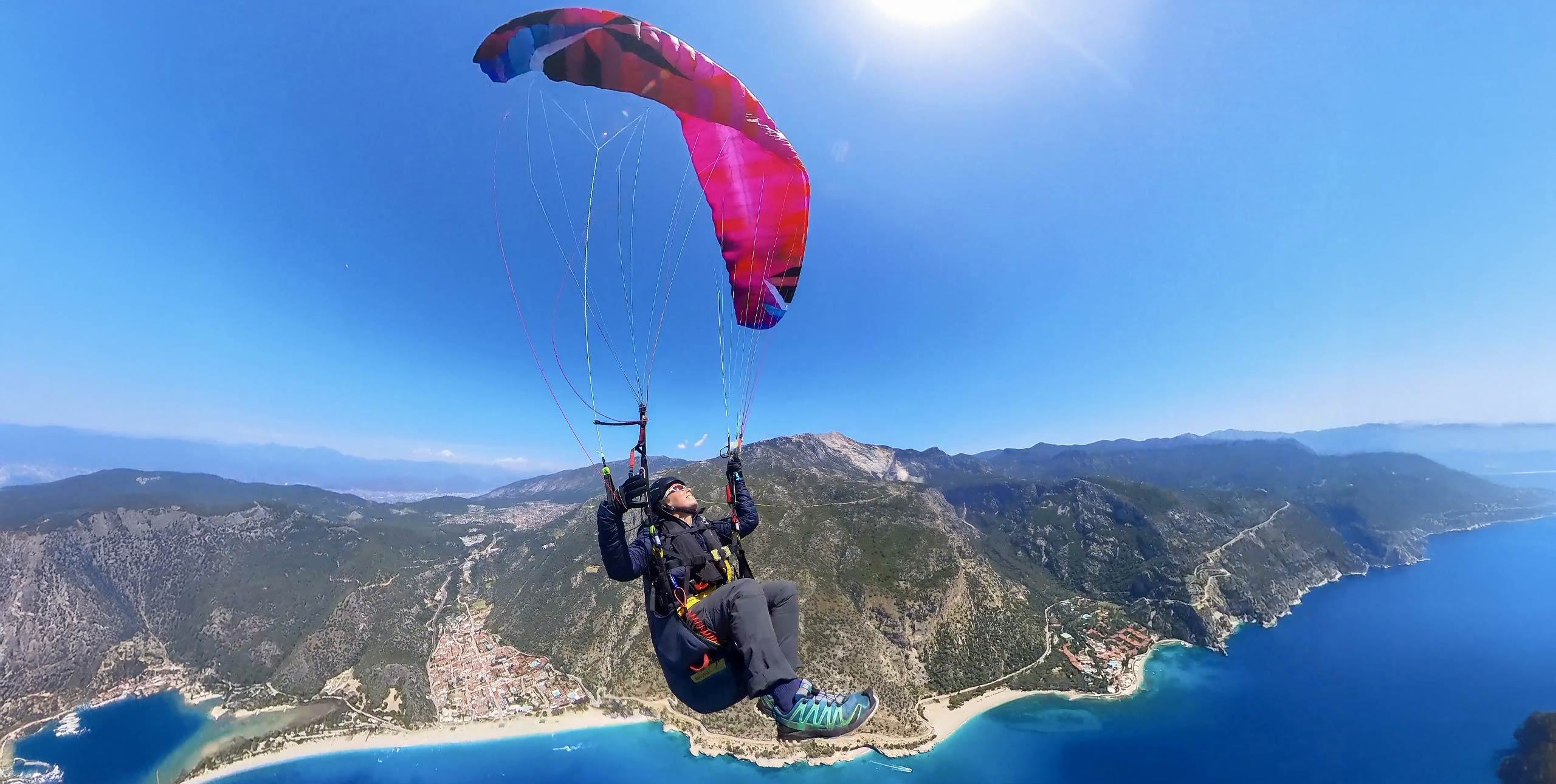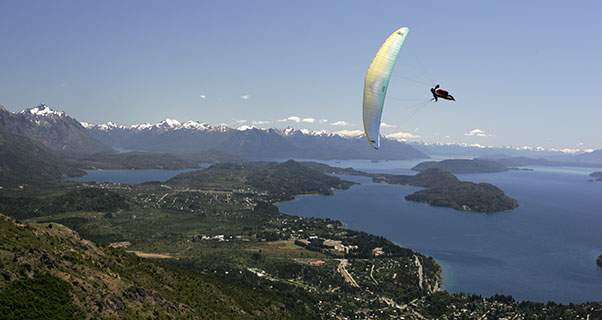
Guide to Bariloche, Argentina
6 February, 2014- Fly the Andes and (maybe) fly with condors
- Well-established tourist and ski resort
- XC possibilities will take you to wild and remote places
- Fly here from December to March
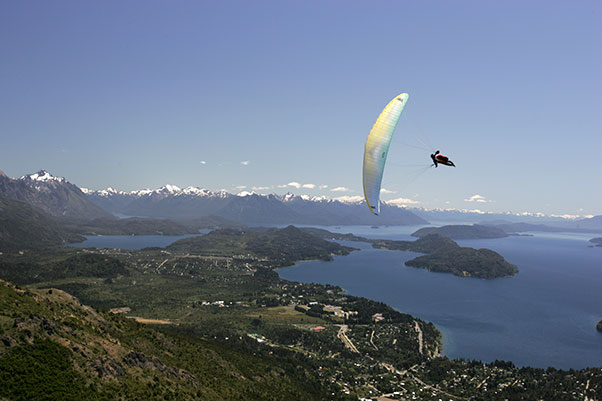
WHY GO?
You’ll be In Patagonia and following in the footsteps of legendary travel writer Bruce Chatwin, but with a glider. Fly Argentina’s Lake District – with the real possibility of flying with condors.
WHERE IS IT?
WHAT’S IT LIKE?
In the north of Patagonia San Carlos de Bariloche, Bariloche for short, is a picturesque Argentinian tourist town that has been drawing visitors for decades with its hospitality, gastronomy, recreational activities and nightlife.
With a population of 100,000 the city sits on the edge of a large lake – Lake Nahuel Huapi extends 70km to the northwest – on the eastern slopes of the Andes. In winter snow falls and Bariloche is one of Argentina’s biggest winter ski resorts. In summer the climate is hot, dry and windy.
The flying scene is small and focused on a few tandem pilots and local pilots. Bureaucratic disagreements mean pilots can’t use the cable car to launch, but there’s always a vehicle shuttling up on flyable days. The most commonly used launch is easy to access but there are others that require a bit more time to reach.
FLYING CONDITIONS
Everything here is defined by the Patagonian winds, and even though the large lake creates its own microclimate the use and interpretation of a good weather forecast is very important. For this reason it’s advisable to speak to the locals before you fly.
Days don’t usually overdevelop, but from December to February the thermals are strong. It can be windy on launch but once in the air a typical cloudbase of 2,500m gives stunning views of the Argentine plains to the east and the high Andes to the west, north and south, as well as the enormous Lake Nahuel Huapi.
Cross country pilots have topped 4,000m, flying across a wild, inaccessible landscape that includes glaciers, mountains, lakes and white-water rivers. Going XC from here you will encounter wildlife too: it is the natural habitat of the Andean condor and, although flying with one is not guaranteed, you are in the right place.
These large birds – the largest land birds in the world with a wingspan of up to three metres – use thermals, wave and convergence lines to fly for literally hundreds of kilometres each day in the search for carrion. Naturalist Charles Darwin once watched these birds for a full half-hour and remarked that he didn’t see one flap its wings once: they are true masters of the sky.
WHEN TO GO
December to March.
ALTITUDE
Launch: 1,400m
Landing: 800m
Average cloudbase: From 2,000m to 4000m on exceptional days.
HANG GLIDER ACCESS
The launch and landings here are small and not hang glider friendly.
MUST BE FLOWN
A lap of the Cerro Catedral ski centre will let you take in the beauty of the whole area.
DANGERS AND ANNOYANCES
The small official landing area means the site isn’t for novice pilots. Airpace restrictions apply around the nearby airport. Strong winds can arrive suddenly.
ACCOMMODATION
Bariloche offers everything from five-star hotels to backpacker hostels and camping.
GUIDES AND COURSES
Federico de la Mano, a local tandem pilot and instructor is the welcoming face of paragliding in the town. Find him on Facebook: search ‘Parapente en Bariloche’.
TAKE THE FAMILY AND RAINY DAYS
Like any mountain ski town there is a wealth of activities to keep you occupied when it’s blown out. Take your pick from rafting, trekking, mountain biking, sailing; or simply hanging out in one of the many cafes or restaurants.
WEATHER
Local pilots advise that it takes some expertise to interpret how the general forecast will affect the flying. It is a good idea to seek out advice from the local pilots before heading to launch.
GETTING THERE
Bariloche has its own airport with direct flights to Buenos Aires, Argentina’s capital. From the airport, take a local bus or a taxi to the town centre. Cerro Otto, the main flying site, is close to town.
Long distance bus travel in Argentina is surprisingly comfortable and comfort-wise is a bit like flying first class. Buenos Aires to Bariloche takes 22 hours.
CONTACTS
Facebook: Parapente en Bariloche
www.barilocheturismo.gob.ar
www.atap.org.ar
• Got news? Send it to us at news@xccontent.local
Buy and sell gear on Skyads.aero


